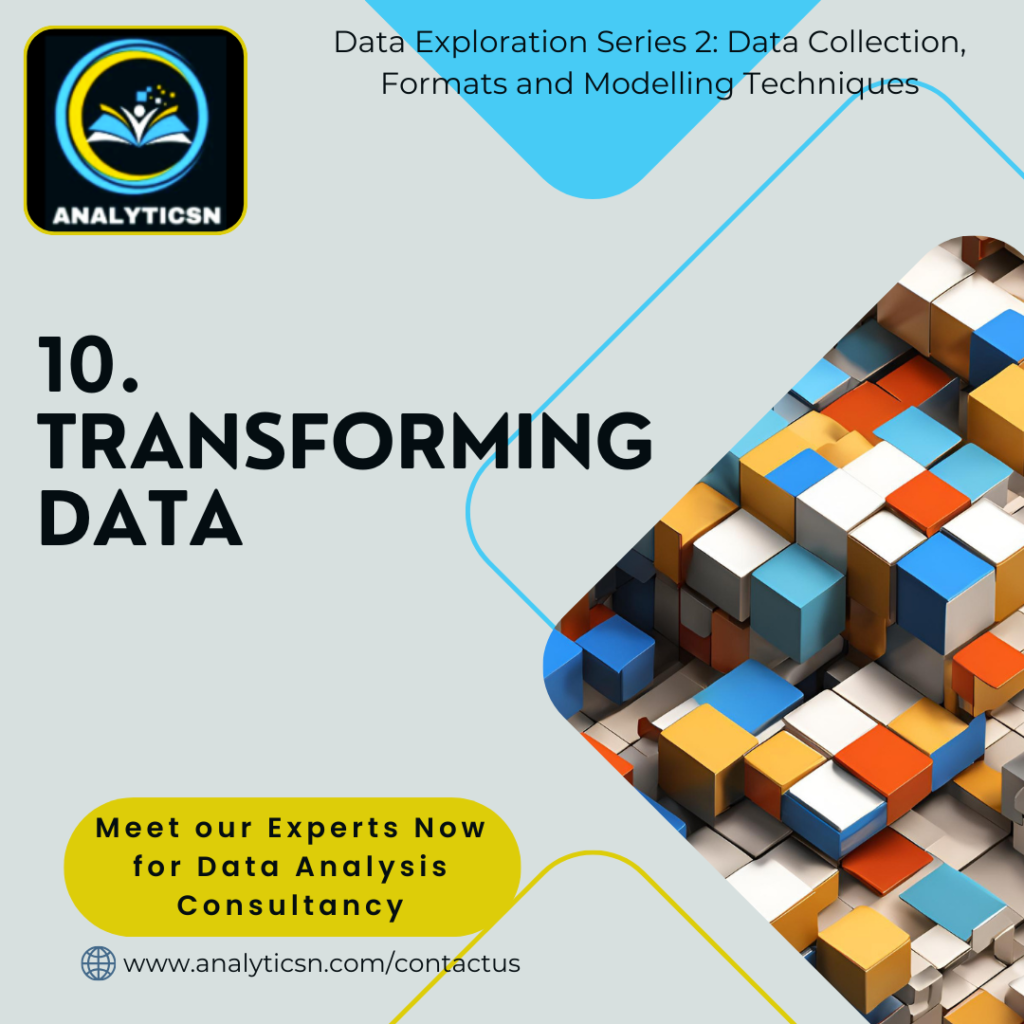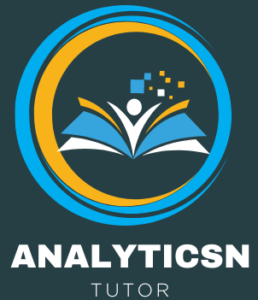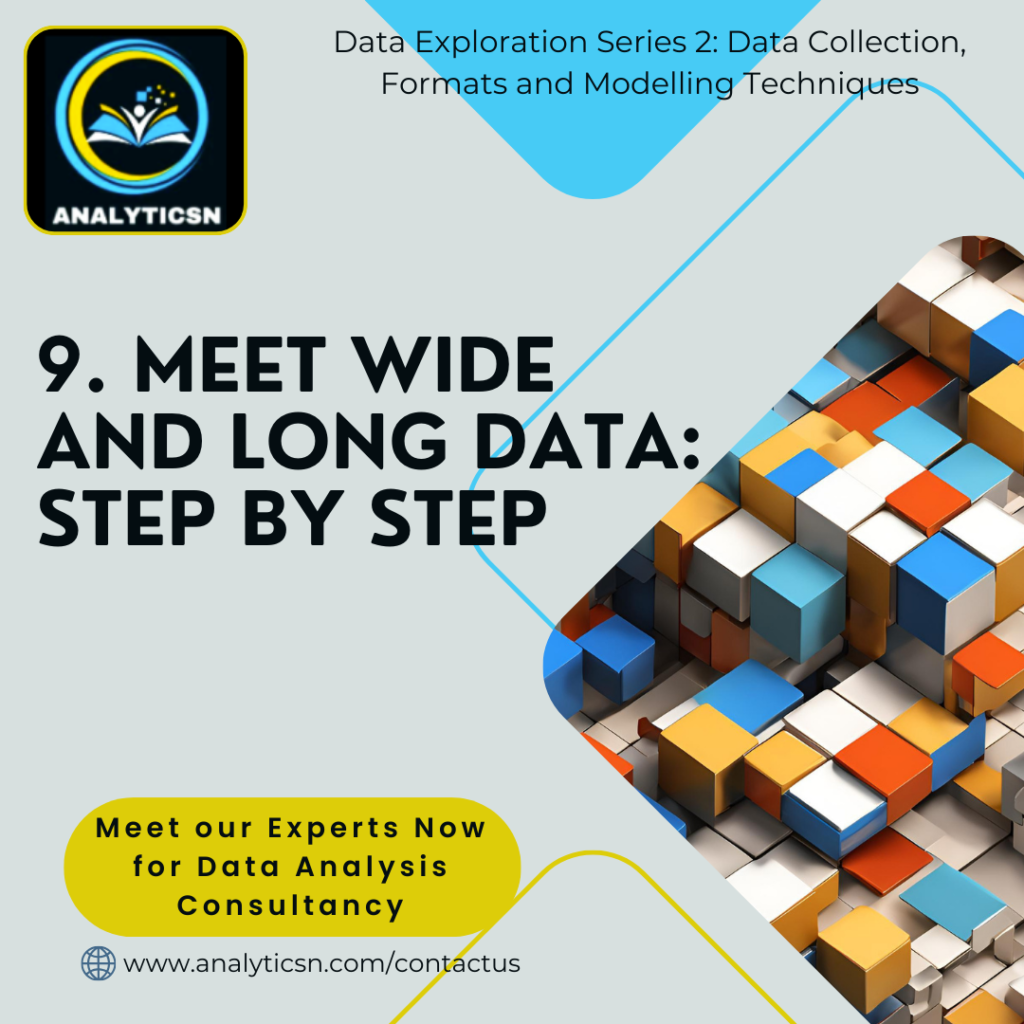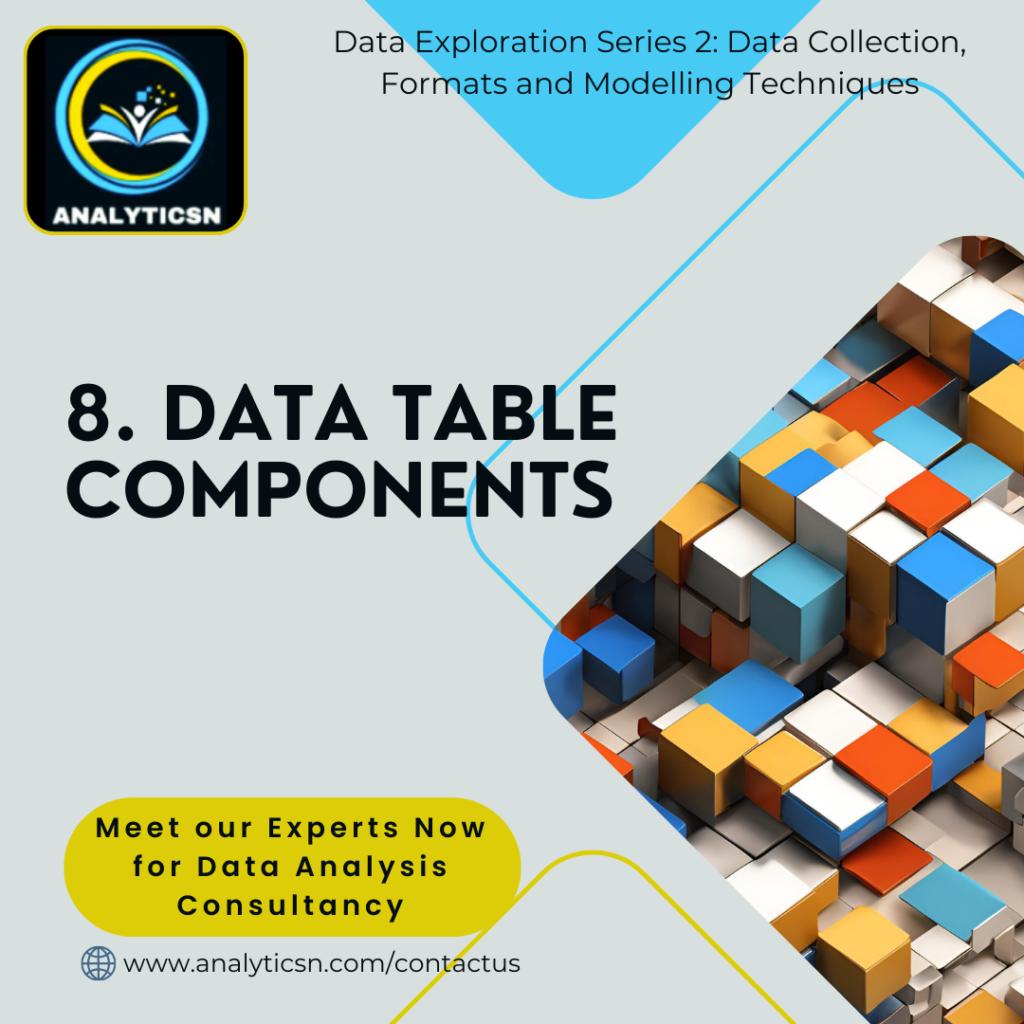
Companies in lots of industries today are dealing with rapid change and rising uncertainty. Even well-established businesses are under pressure to keep up with what is new and figure out what is next. To do that, they need to ask questions. Asking the right questions can help spark the innovative ideas that so many businesses are hungry for these days. Asking SMART questions is a key in any field especially in retail, education and business.
The same goes for data analytics. No matter how much information you have or how advanced your tools are, your data won’t tell you much if you don’t start with the right questions. Think of it like a detective with tons of evidence who doesn’t ask a key suspect about it. Coming up, you will learn more about how to ask highly effective questions, along with certain practices you want to avoid.
Highly effective questions are SMART questions:


| Specific: Is the question specific? Does it address the problem? Does it have context? Will it uncover a lot of the information you need? | Measurable: Will the question give you answers that you can measure? | Action-oriented: Will the answers provide information that helps you devise some type of plan? | Relevant: Is the question about the particular problem you are trying to solve? | Time-bound: Are the answers relevant to the specific time being studied? |
Examples of SMART questions
Here’s an example that breaks down the thought process of turning a problem question into one or more SMART questions using the SMART method:
What features do people look for when buying a new car?
Specific: Does the question focus on a particular car feature?
Measurable: Does the question include a feature rating system?
Action-oriented: Does the question influence creation of different or new feature packages?
Relevant: Does the question identify which features make or break a potential car purchase?
Time-bound: Does the question validate data on the most popular features from the last three years?
Questions should be open-ended. This is the best way to get responses that will help you accurately qualify or disqualify potential solutions to your specific problem. So, based on the thought process, possible SMART questions might be:
- On a scale of 1-10 (with 10 being the most important) how important is your car having four-wheel drive? Explain.
- What are the top five features you would like to see in a car package?
- What features, if included with four-wheel drive, would make you more inclined to buy the car?
- How does a car having four-wheel drive contribute to its value, in your opinion?
Things to avoid when asking questions
Leading questions: questions that only have a particular response
Example: This product is too expensive, isn’t it?
This is a leading question because it suggests an answer as part of the question. A better question might be, “What is your opinion of this product?” There are tons of answers to that question, and they could include information about usability, features, accessories, color, reliability, and popularity, on top of price. Now, if your problem is actually focused on pricing, you could ask a question like “What price (or price range) would make you consider purchasing this product?” This question would provide a lot of different measurable responses.
Closed-ended questions: questions that ask for a one-word or brief response only
Example: Were you satisfied with the customer trial?
This is a closed-ended question because it doesn’t encourage people to expand on their answer. It is really easy for them to give one-word responses that aren’t very informative. A better question might be, “What did you learn about customer experience from the trial.” This encourages people to provide more detail besides “It went well.”
Vague questions: questions that aren’t specific or don’t provide context
Example: Does the tool work for you?
This question is too vague because there is no context. Is it about comparing the new tool to the one it replaces? You just don’t know. A better inquiry might be, “When it comes to data entry, is the new tool faster, slower, or about the same as the old tool? If faster, how much time is saved? If slower, how much time is lost?” These questions give context (data entry) and help frame responses that are measurable (time).
Use the SMART question framework to make sure each question you ask makes sense based on their field. Each question should meet as many of the SMART criteria as possible.
As a reminder, SMART questions are
Specific: Questions are simple, significant, and focused on a single topic or a few closely related ideas.
Measurable: Questions can be quantified and assessed.
Action-oriented: Questions encourage change.
Relevant: Questions matter, are important, and have significance to the problem you’re trying to solve.
Time-bound: Questions specify the time to be studied.
For instance, if you have a conversation with someone who works in retail, you might lead with questions like:
Specific: Do you currently use data to drive decisions in your business? If so, what kind(s) of data do you collect, and how do you use it?
Measurable: Do you know what percentage of sales is from your top-selling products?
Action-oriented: Are there business decisions or changes that you would make if you had the right information? For example, if you had information about how umbrella sales change with the weather, how would you use it?
Relevant: How often do you review data from your business?
Time-bound: Can you describe how data helped you make good decisions for your store(s) this past year?
If you are having a conversation with a teacher, you might ask different questions, such as:
Specific: What kind of data do you use to build your lessons?
Measurable: How well do student benchmark test scores correlate with their grades?
Action-oriented: Do you share your data with other teachers to improve lessons?
Relevant: Have you shared grading data with an entire class? If so, do students seem to be more or less motivated, or about the same?
Time-bound: In the last five years, how many times did you review data from previous academic years?
If you are having a conversation with a small business owner of an ice cream shop, you could ask:
Specific: What data do you use to help with purchasing and inventory?
Measurable: Can you order (rank) these factors from most to least influential on sales: price, flavor, and time of year (season)?
Action-oriented: Is there a single factor you need more data on so you can potentially increase sales?
Relevant: How do you advertise to or communicate with customers?
Time-bound: What does your year-over-year sales growth look like for the last three years?
Take good notes
It is important to take good notes during your conversation. Your notes should be comprehensive and useful. To help you capture meaningful notes, you should stick to a process of asking a question, clarifying your understanding of their response, and then briefly recording it in your notes.
Remember: If a question is worth asking, then the answer is worth recording. Commit yourself to taking great notes during your conversation.
Helpful aspects of your conversation to note include:
Facts: Write down any concrete piece of information, such as dates, times, names, and other specifics.
Context: Facts without context are useless. Note any relevant details that are needed in order to understand the information you gather. Unknowns: Sometimes you may miss an important question during a conversation. Make a note when this happens so you can figure out the answer later.
Why SMART Questions Matter in Data Analytics
Our data analytics services help businesses transform raw data into strategic insights, but this transformation only happens when we start with properly framed questions. Consider these real-world scenarios where SMART questions drive better analytics:
Retail Analytics Applications
- “What specific product features drove a measurable 15% increase in sales last quarter?”
- “Which customer segments show declining engagement, and what actions can we take to retain them?”
Our retail analytics services use these questions to:
✔ Optimize inventory based on predictive demand models
✔ Personalize marketing through customer segmentation
✔ Identify high-value store locations using geospatial analytics
Education Sector Insights
- “How do student performance metrics correlate with specific teaching methods across semesters?”
- “Which intervention programs delivered measurable improvements in graduation rates?”
Through our education data services, we help institutions:
✔ Track learning outcomes with longitudinal analysis
✔ Allocate resources using cost-benefit modeling
✔ Predict at-risk students with early warning systems
Corporate Business Intelligence
- “What operational factors most impact our profit margins, and how can we adjust them?”
- “Which sales channels deliver the highest ROI when analyzed quarterly?”
Our business analytics solutions enable companies to:
✔ Streamline operations with process mining
✔ Forecast market trends using time-series analysis
✔ Benchmark performance against industry standards
From Questions to Action: Our Data Analytics Methodology
- Discovery Workshop
We collaborate with clients to formulate SMART questions aligned with business objectives - Data Assessment
Our experts evaluate available data sources and identify gaps - Advanced Analysis
Using tools like Python, R, Power BI, and Tableau, we apply:- Predictive modeling
- Customer sentiment analysis
- Market basket analysis
- Churn prediction models
- Actionable Reporting
We deliver clear, visualized insights with executive summaries and implementation roadmaps
Common Analytics Pitfalls We Help Avoid
Many organizations struggle with:
✖ Vague Queries
“Why are sales down?” vs. “Which product categories underperformed in Q2 compared to seasonal benchmarks?”
✖ Data Silos
We integrate disconnected data sources into unified analytics platforms
✖ Analysis Paralysis
Our consultants focus on delivering decision-ready insights, not just data dumps
Case Study: Transforming Questions into Results
A regional retailer asked: “How can we reduce inventory costs without impacting customer satisfaction?”
Our supply chain analytics revealed:
- 22% of SKUs accounted for 83% of sales
- Seasonal demand patterns for different product categories
- Optimal reorder points for each warehouse location
Result: 18% reduction in carrying costs while maintaining 98% in-stock rates
Start Asking Smarter Questions Today
Whether you need:
- Descriptive Analytics (What happened?)
- Diagnostic Analytics (Why did it happen?)
- Predictive Analytics (What will happen?)
- Prescriptive Analytics (How can we make it happen?)
Our data analytics services provide the tools and expertise to:
🔹 Frame the right business questions
🔹 Implement robust data collection
🔹 Apply advanced analytical techniques
🔹 Deliver executable recommendations
Ready to turn your questions into competitive advantages?
📊 Contact our analytics team today for a free consultation
More Articles

10. A Secret to Data Transformation
What is data transformation? A woman presenting data, a hand holding a medal, two people chatting, a ship’s wheel being...
Learn More >

